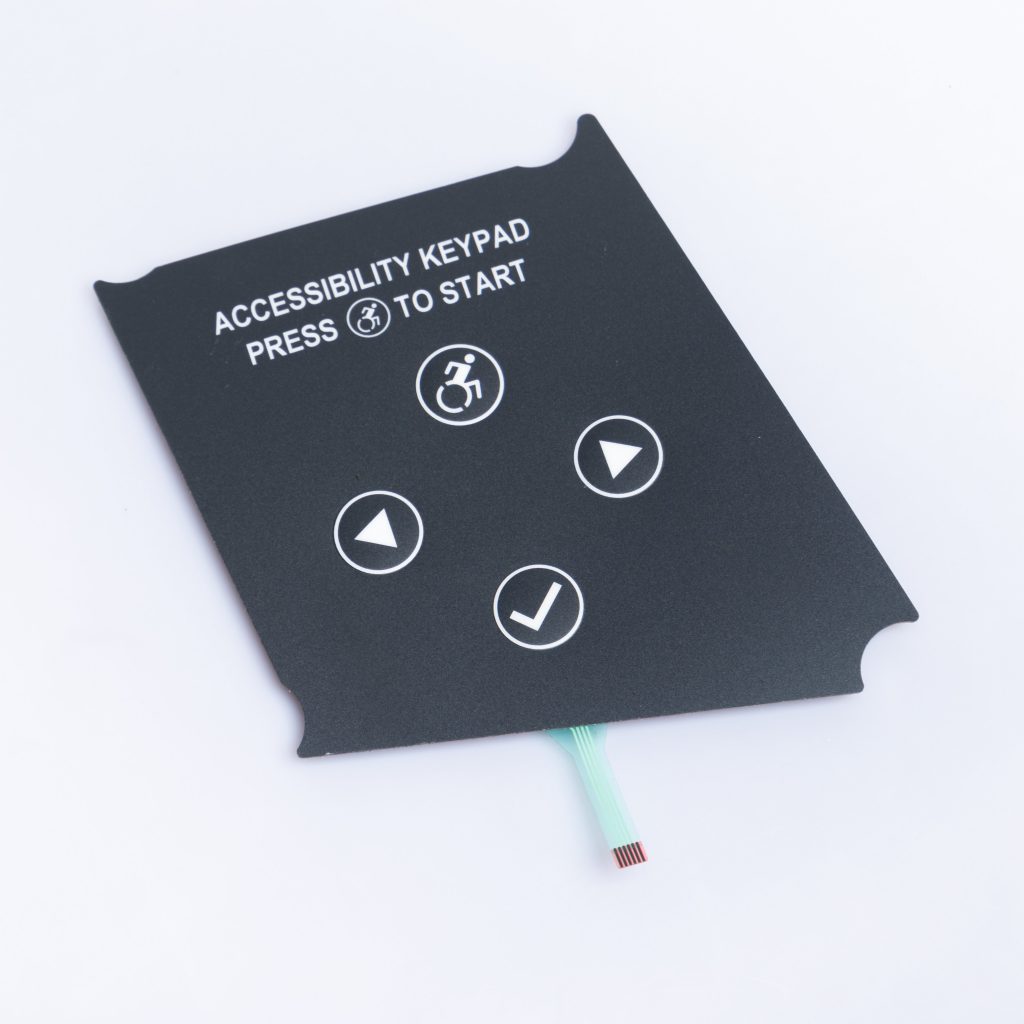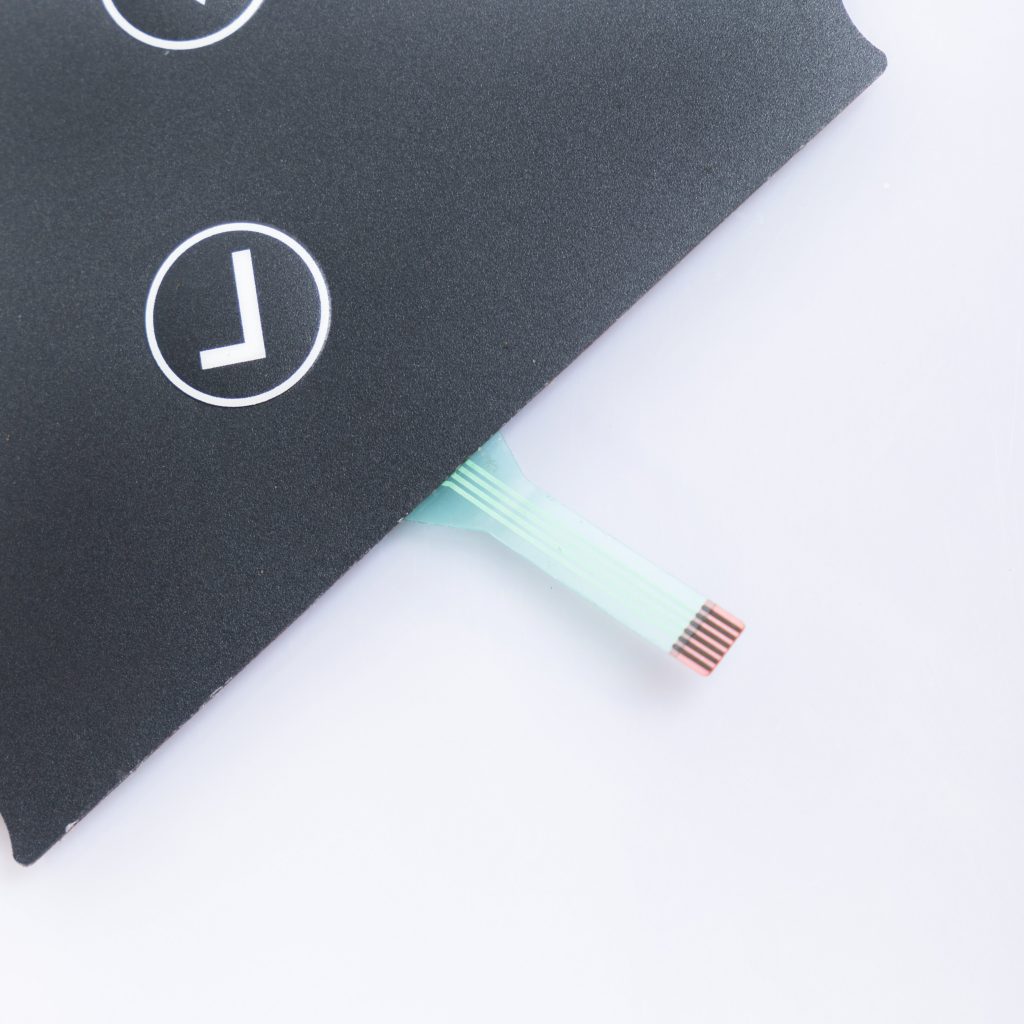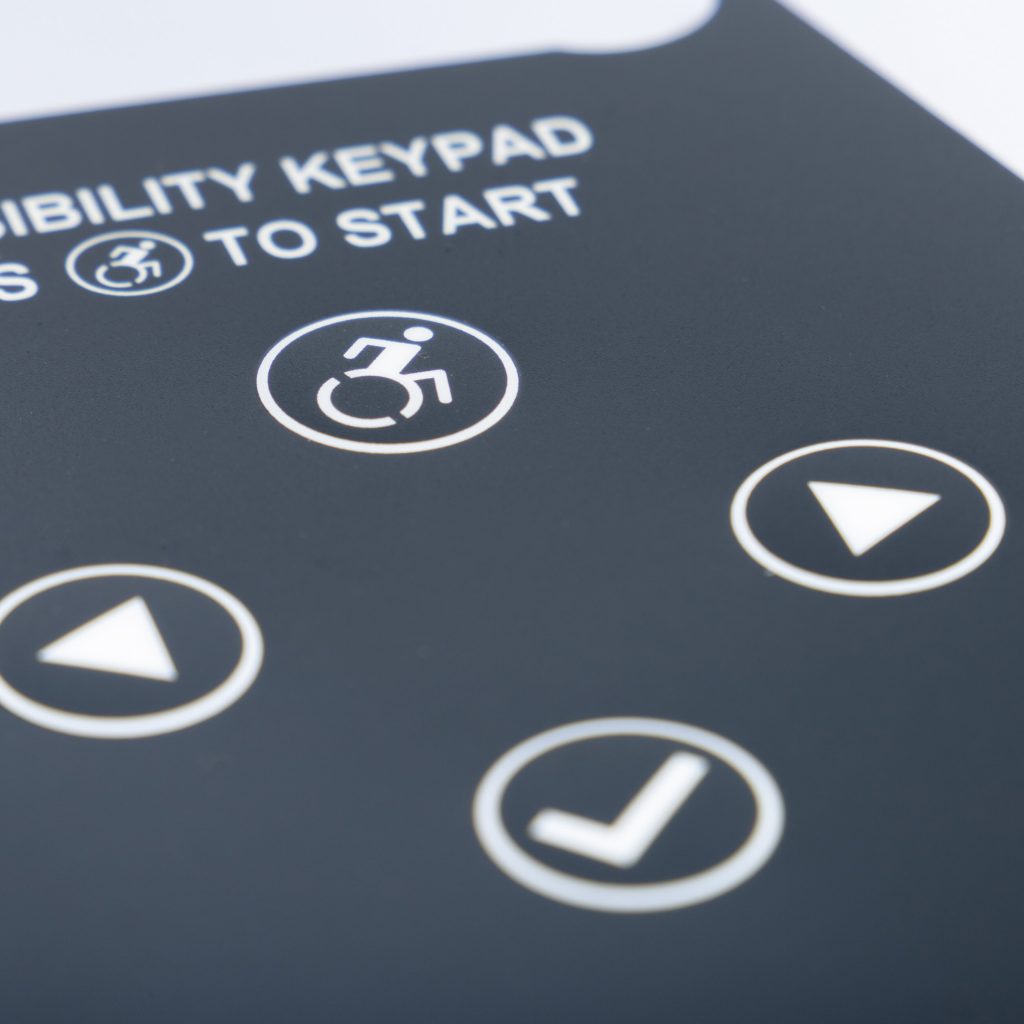Contact
Write to Us And We Would Be Happy to Advise You.
Do you have any questions, or would you like to speak directly with a representative?
By hqt
Membrane switches play a crucial role in various electronic devices, providing an interface between the user and the device itself. These switches are known for their durability, versatility, and ease of use. However, to ensure their optimal performance and longevity, it is essential to handle and store membrane switches with care. In this article, we will discuss the precautions for pasting and storage of membrane switches, providing you with valuable insights on how to maintain their functionality and extend their lifespan.



1. Surface Preparation
Before pasting a membrane switch onto a surface, it is crucial to ensure that the surface is clean and free from any dust, dirt, or contaminants. Use a mild cleaning solution and a lint-free cloth to wipe the surface thoroughly. This step helps to create a smooth and adhesive-friendly environment for the switch.
2. Avoid Excessive Force
While pasting the membrane switch, it is important to exert an even and controlled amount of pressure. Avoid applying excessive force, as it may damage the delicate circuitry or cause misalignment. Gentle and consistent pressure ensures a secure and accurate bond between the switch and the surface.
3. Adhesive Selection
Choosing the right adhesive is crucial for the successful pasting of a membrane switch. Consider the surface material, environmental conditions, and application requirements when selecting an adhesive. Ensure that the adhesive is compatible with both the switch and the surface, providing a strong and long-lasting bond.
4. Proper Alignment
Accurate alignment of the membrane switch is essential to ensure its functionality. Take time to position the switch correctly before pasting it onto the surface. This step prevents any misalignment issues that may hinder the switch’s performance or aesthetics.
5. Avoid Sharp Bends
Membrane switches are designed to be flexible, but excessive bending can strain the circuitry and lead to premature failure. Avoid sharp bends or folding the switch during the pasting process. Handle the switch with care to maintain its structural integrity.
6. Clean and Dry Environment
When it comes to storing membrane switches, it is crucial to maintain a clean and dry environment. Moisture, dust, and contaminants can affect the switch’s functionality and lifespan. Store the switches in a sealed bag or container to protect them from environmental elements.
7. Temperature and Humidity Control
Extreme temperature and humidity levels can adversely affect the performance of membrane switches. Store them in a controlled environment with moderate temperature and humidity levels. Avoid exposing the switches to direct sunlight or storing them in areas prone to temperature fluctuations.
8. Avoid Excessive Weight
Stacking heavy objects on top of membrane switches can lead to physical damage or deformation. Ensure that the storage area is free from excessive weight or pressure that could compromise the switches’ integrity. Store them in a flat position to maintain their shape.
9. Protection from ESD
Electrostatic discharge (ESD) can cause irreversible damage to the sensitive electronic components of membrane switches. Store the switches in anti-static bags or containers to protect them from ESD. Additionally, handle the switches with grounded equipment and take appropriate precautions to minimize the risk of ESD.
10. Regular Inspection
Regularly inspect the stored membrane switches to ensure their condition is well-maintained. Check for any signs of damage, corrosion, or deformities. If any issues are detected, address them promptly to prevent further deterioration.
FAQ 1: Can I reuse a membrane switch after removing it from a surface?
Answer: In most cases, it is not recommended to reuse a membrane switch once it has been removed from a surface. The adhesive backing and the circuitry may get damaged during the removal process, affecting the switch’s functionality. It is best to replace the switch with a new one if needed.
FAQ 2: How often should I inspect the stored membrane switches?
Answer: It is advisable to inspect the stored membrane switches periodically, depending on the storage conditions and the specific requirements of your application. Regular inspections, at least once every few months, can help identify any potential issues early on and take necessary actions to maintain the switches’ performance.
FAQ 3: Can I store membrane switches for an extended period?
Answer: Yes, membrane switches can be stored for an extended period if proper precautions are taken. Follow the guidelines mentioned earlier regarding a clean and controlled storage environment. Additionally, ensure that the switches are not exposed to extreme temperatures, excessive humidity, or mechanical stress during storage.
FAQ 4: Can I clean a membrane switch after it has been pasted onto a surface?
Answer: Cleaning a membrane switch after pasting it onto a surface can be challenging and may risk damaging the switch. It is recommended to clean the surface before pasting the switch to avoid any contaminants. If the switch needs cleaning after pasting, use a mild cleaning solution and a soft cloth, taking care not to apply excessive pressure or moisture to the switch’s surface.
FAQ 5: What should I do if a membrane switch gets wet?
Answer: If a membrane switch gets wet, it is crucial to act promptly to prevent any damage. Disconnect the switch from the power source immediately and gently pat it dry using a soft cloth. Avoid applying excessive pressure or heat, as it may further damage the switch. Allow the switch to air dry completely before reconnecting and using it.
FAQ 6: Are there any special precautions for pasting and storing membrane switches in high-humidity environments?
Answer: Yes, in high-humidity environments, it is essential to take extra precautions. Use adhesives specifically designed for high-humidity applications to ensure a strong bond. Store the switches in sealed containers with moisture-absorbing packets or desiccants. Regularly monitor the switches for any signs of moisture buildup or damage.
Taking precautions for pasting and storage of membrane switches is essential to maintain their functionality, performance, and lifespan. By following the guidelines mentioned in this article, you can ensure that the switches are pasted accurately, protected from environmental factors, and stored in optimal conditions. Remember to handle the switches with care, select the right adhesives, and regularly inspect them to detect any issues early on. By implementing these precautions, you can maximize the longevity and reliability of your membrane switches.
Do you have any questions, or would you like to speak directly with a representative?